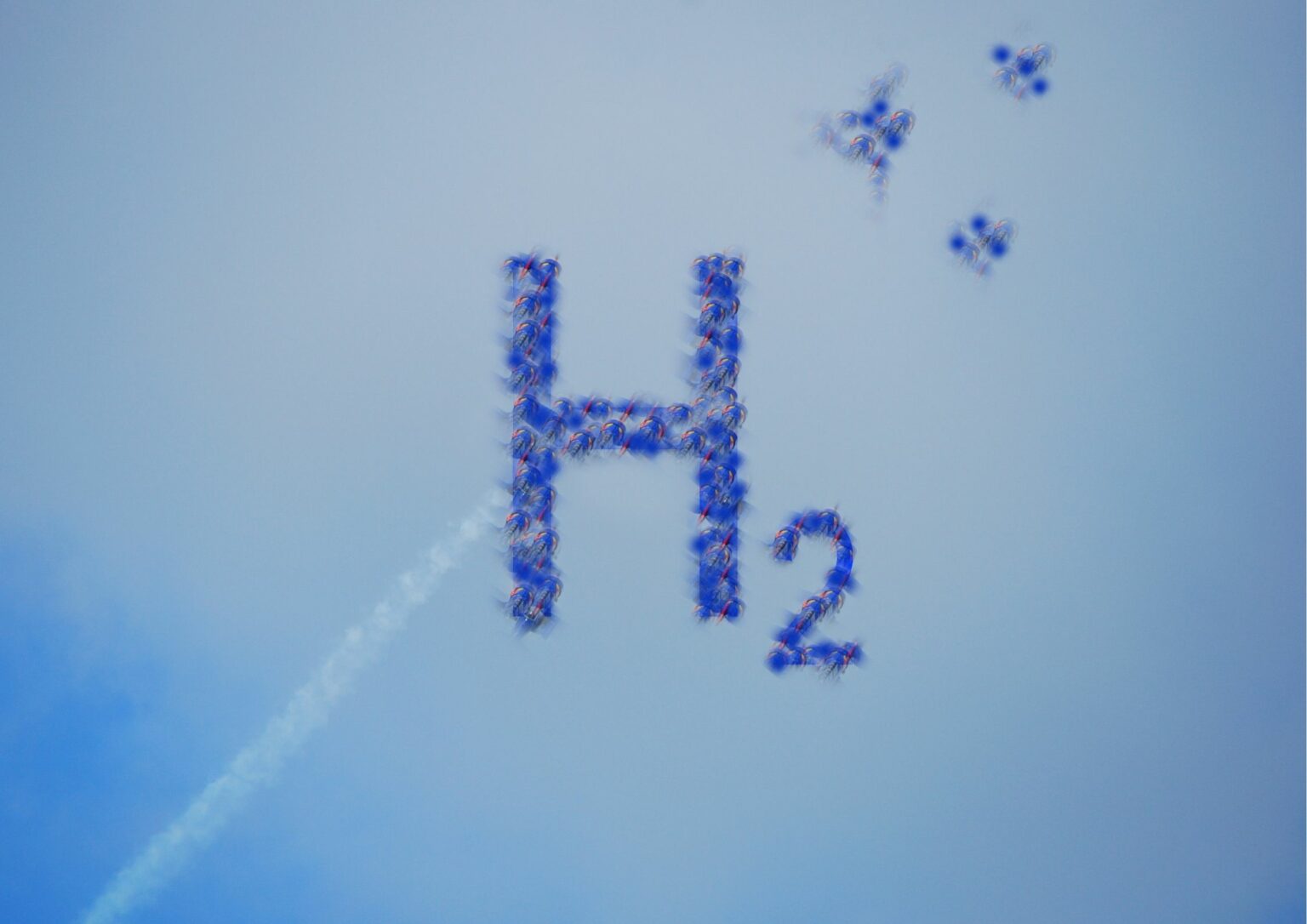The sustainable energy sector is closely monitoring the development of green hydrogen. Alongside imports, the industry requires cost-effective, domestic electrolyzers that can produce hydrogen from green electricity and efficiently utilize the byproducts of oxygen and heat. The new LA-Seve test facility in Zittau aims to address these needs.
The IntegrH2ate project, spearheaded by Fraunhofer IEG, is set to build a pilot plant in Zittau to produce green hydrogen while efficiently using its byproducts. The city has granted building permission, with completion expected by early 2025. This facility is touted as a milestone for the region of Lusatia, aiming to bring structural changes and innovation to the area.
The project’s primary goal is to demonstrate the economic efficiency of electrolysis through effective use of byproducts. Thomas Emmert from Linde, the overall project coordinator, emphasized that integrating electrolysis with a heat pump and heat network can drive the implementation of sector-coupled projects and support the hydrogen economy’s growth. The facility will test the coupling between Proton Exchange Membrane (PEM) electrolysis, heat pumps, and heat networks, optimizing the operation to utilize waste heat for district heating.
Clemens Schneider, project manager at Fraunhofer IEG, highlighted that the LA-Seve test facility will serve as a platform to test and qualify industrial processes. This includes exploring how byproducts like heat and oxygen can be optimally processed in dynamic operations. Additionally, the facility will test various industrial applications such as the methanation of carbon dioxide, closed carbon cycles, and compressors for oxygen and hydrogen.
One of the critical aspects of the LA-Seve project is assessing the economic viability of hydrogen production. The integration of PEM electrolyzers, known for their good partial load capacity and efficiency, aims to make hydrogen production cost-effective using surplus green electricity. However, the project’s success will heavily depend on the ability to reduce costs and efficiently manage byproducts, aligning with broader industry benchmarks.
The success of the LA-Seve facility could have significant implications for the hydrogen economy in Lusatia and beyond. By demonstrating practical and economically viable methods for hydrogen production and byproduct utilization, the project could set a benchmark for similar initiatives. However, it is essential to critically evaluate whether the projected outcomes align with national hydrogen strategies and realistic market demands.
